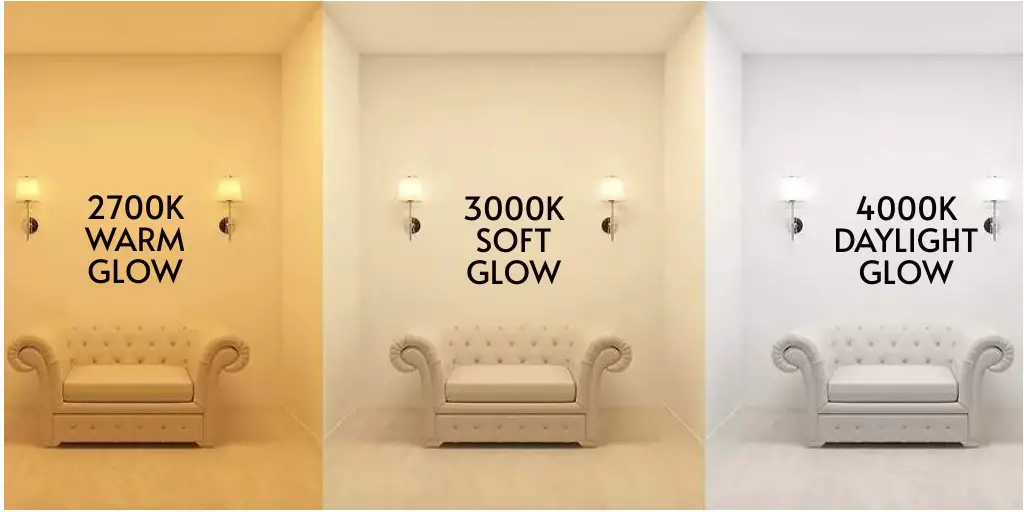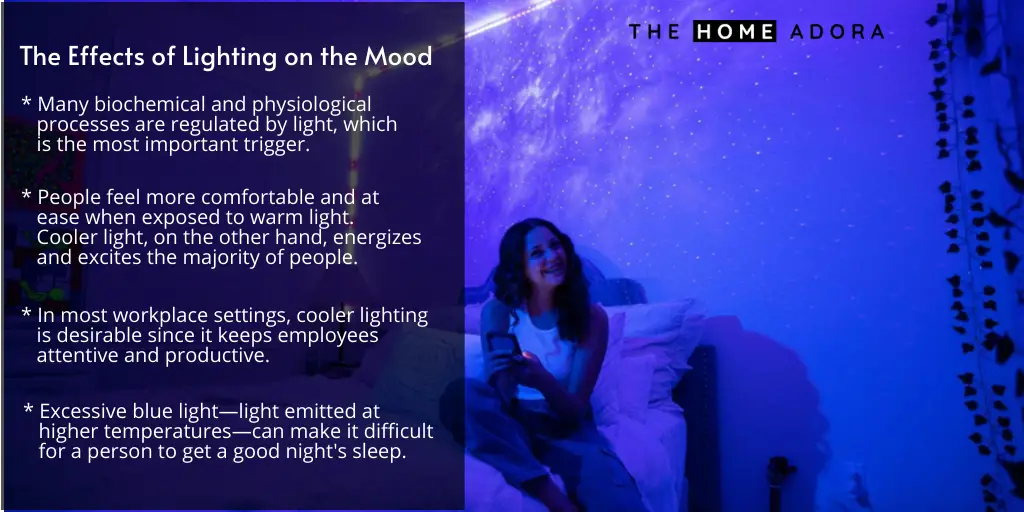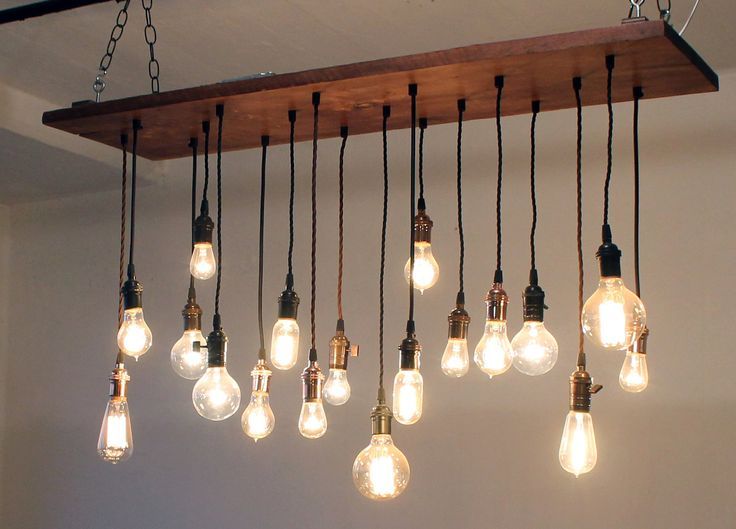
As you begin your search for the perfect LED light bulb, you quickly realize there are tons of choices. LED light bulbs come in a variety of different shapes and sizes, with different light temperatures, or “colors.” The color temperature of a light bulb is usually measured in Kelvin (K).
When it comes to light bulbs, there are two main types: warm white and soft white. But what’s the difference? And which is better for your home?
Let’s take a look at how to interpret those color codes and figure out which light bulb temperature is optimal for your smart home.
Warm White vs Soft White vs Daylight Bulbs

Warm white bulbs have a slightly yellowish hue, while soft white bulbs are pure white. So which one should you buy? It depends on your needs.
The first thing to understand about bulbs is that each variety of white bulbs corresponds to a distinct Kelvin reference point. The color temperature of a light bulb is represented by this scale. The term “color temperature” was first used to describe the hue of the metal element inside incandescent lamps. As the temperature of the metal element increased, the light transformed from a yellowish glow to a dazzling bluish-white glow.
Each Kelvin value signifies a degree of “warmth” or “coolness,” as the case may be. The higher the value, the less yellow or colder the bulb will appear.
Soft white and warm white bulbs are on the low end of the spectrum. The Kelvin temperature of soft white bulbs is usually approximately 2,700. Warm white bulbs, despite their name, are slightly less warm, with temperatures ranging from 3,000 to 4,000 Kelvin.
Cool white bulbs, which have a temperature of roughly 4,000 Kelvin, and daylight lights, which have a temperature of 5,000-6,500 Kelvin, are on the other extreme of the spectrum. You may expect a strong, almost blue light from daylight bulbs, which simulates the midday sun.
See Also – Best Floor Lamps For High Ceilings – Lighting the Entire House
The Effects of Lighting on the Mood

You’ve certainly heard the term “mood lighting” before to describe a romantic or dimly lit environment. Consider the color temperature of this type of illumination. Is it bright and fluorescent or warm and inviting, like a crackling fire? Isn’t it more likely to be the latter?
It’s no secret that light affects people’s emotions. Light is the most crucial cue in controlling numerous biochemical and physiological processes.
People are more comfortable and at peace when they are exposed to warm light. Most people, on the other hand, are energized and excited by cooler light. That’s why it feels so lovely to unwind on a sunny beach. It’s also why being confined to fluorescent illumination for long periods of time can be draining.
In most workplace settings, cooler lighting is desirable since it keeps employees attentive and productive. Excessive blue light—light emitted at higher temperatures—can, however, hinder a person’s ability to sleep well, according to a study published in The Journal of Clinical Endocrinology.
Some firms, such as Apple, even provide Night Shift, which turns off the blue light on mobile devices at certain times of the day.
Choosing the Right Lighting Temperature
Choosing the right temperature for a color palette or lighting layer can improve the overall appearance of a project.
The color temperature of a light source refers to how warm or cool it is The lower the Kelvin temperature, the warmer the light. The color palette of a room is inextricably linked to its temperature. Warmer colors, earth tones, and wood grains go well with warmer temps, while cooler temperatures bring out the brilliance of blues, purples, and greens. Temperatures ranging from 2700K to 3300K are commonly employed.
“We propose that you choose 2700K for that setting if you have a warm atmosphere, such as a room with a lot of golds, yellows, beiges, and wood tones,” Dross explains. “3000K will look and operate better if your rooms are cooler, meaning you have black and white, blues, purples, greens, slate, granite, and stainless steel.”
However, averaging the overall look and feel of a project isn’t the only way to get the right temperature for a home. Lighting designers advise against setting a single temperature for the entire house, or even just one room.
As a result, we’ve compiled a list of the optimal lighting temps for each room. Remember that the color temperature you choose is impacted by your particular preferences, so they are only suggestions.
Kitchens/Living Rooms: Soft and warm light (2,700-3,500K) is beneficial in these locations. Your kitchen and living areas should be welcoming and peaceful. Dimmer switches are also useful in this situation. In addition, if you watch television in your living room, you may wish to invest in a blue-light-blocking screen protector for your television. These protectors ensure that you can still get a decent night’s sleep after binge-watching your favorite show.
Bedrooms: 3,000K soft white bulbs are ideal for bedrooms. This is the temperature of most incandescent bulbs. Bedrooms, like living rooms, rarely benefit from lower-temperature lighting. A few cool white lights, on the other hand, can help you notice contrast far better than their warmer counterparts if you have something like a vanity.
Bathrooms: Warm to cold whites (3,500-5,000K) are ideal for bathrooms. This temperature range is entirely subjective, however, really cool bulbs aren’t necessarily the ideal choice for this purpose. Cooler lights, on the other hand, are ideal for applying cosmetics, and blue light makes chrome fixtures pop. Don’t be afraid to experiment with cooler bulbs if you have several of these fixtures in your bathroom or want the added contrast that cooler bulbs provide.
Lumens, CRI, and Watts: An Overview

Lumens
Lumens are a unit of measurement for the brightness of all light. Check the light output of your bulb to make sure it’s not too bright or that it’ll produce adequate light for your lighting product.
The problem is that determining how bright a room should be is subjective, and the efficacy of a bulb is determined by the room’s size, wall colors, light placement, and other factors. As a result, deciding where to begin with brightness can be difficult.
Watts
A bulb’s wattage is the amount of energy it consumes. If you’ve switched to LED bulbs, lumens should be your primary concern rather than watts.
Because incandescent lights consume substantially more energy than current LED bulbs, a 60W incandescent bulb produces far less light than a 60W LED bulb. To replace a 60W incandescent bulb, search for an 8W or 12W LED bulb with a lumen rating of nearly the same.
Color-Rendering Index (CRI)
The Color Rendering Index (CRI) is a metric that compares how colors appear under different light sources to sunlight. The index ranges from 0 to 100, with a perfect 100 meaning that colors seem exactly the same under the light source as they would in natural sunlight.
Make the Most of Your Smart Home Lighting

While choosing the right lighting for your room might be difficult at times, if you grasp how the color temperature scale works, you’ll be able to choose the lighting that works best for you. Understanding how lighting affects mood might help you decide how to light your environment.
It doesn’t have to be difficult to have amazing lighting for your smart home. You should also feel free to try new things. When it comes to lighting, there are no hard and fast laws. Choose what works best for you, whether it’s a cooler kitchen or a warmer bathroom.
Your smart home should always be a place where you feel at ease, and choosing lighting that you like is one of the simplest ways to do so.
When designing a smart home, smart lamps are another category where you can save some money.
See Also – 4-Inch Vs 6-Inch Recessed Lighting – Which is Best?
Our Recommendation
SYLVANIA ECO LED A19 Light Bulb The Sylvania Eco LED A19 Light Bulb is a replacement for a traditional 60-watt bulb. It has a lumen output of 750 and emits a warm white light of 2700 kelvins. The Eco LED A19 is UL listed and lasts for up to 7 years when used 3 hours a day. This low-energy bulb uses 9 watts of power and is medium-based. It is frosted for a softer look and 2700k for a warm white glow. Get the Sylvania Eco. Comes in 3 Colours/Variation. Recommendation |
Frequently Asked Questions
Conclusion
In a nutshell, you now understand the distinction between warm white and soft white. Warm white and soft white are the same things; they’re only referred to differently by different people. Warm white appears to be more professional when it comes to LED lighting colors.
Please leave any further questions in the comments box below, and we will do our best to respond.
Read More – Best Lighting Guide: Pick the Right Fixtures for Every Room


